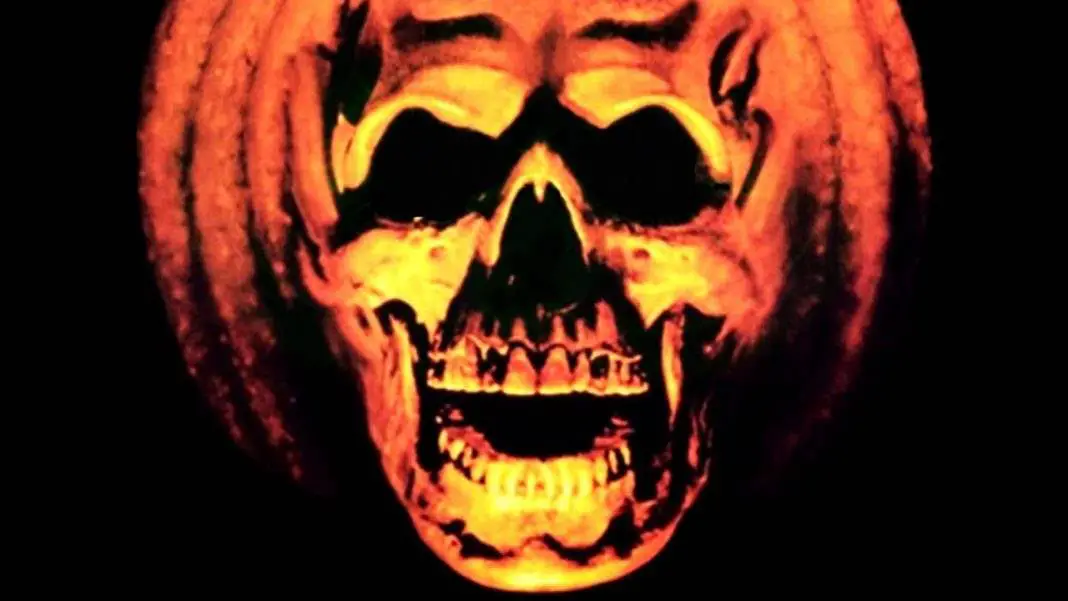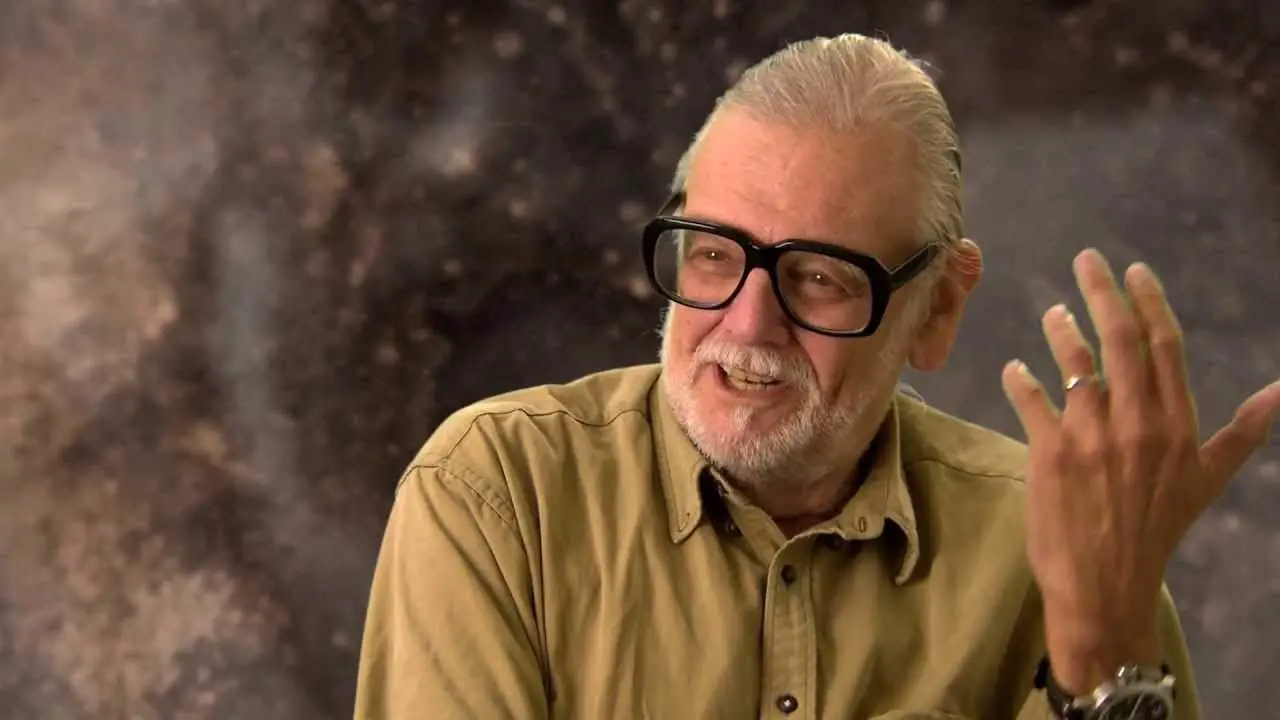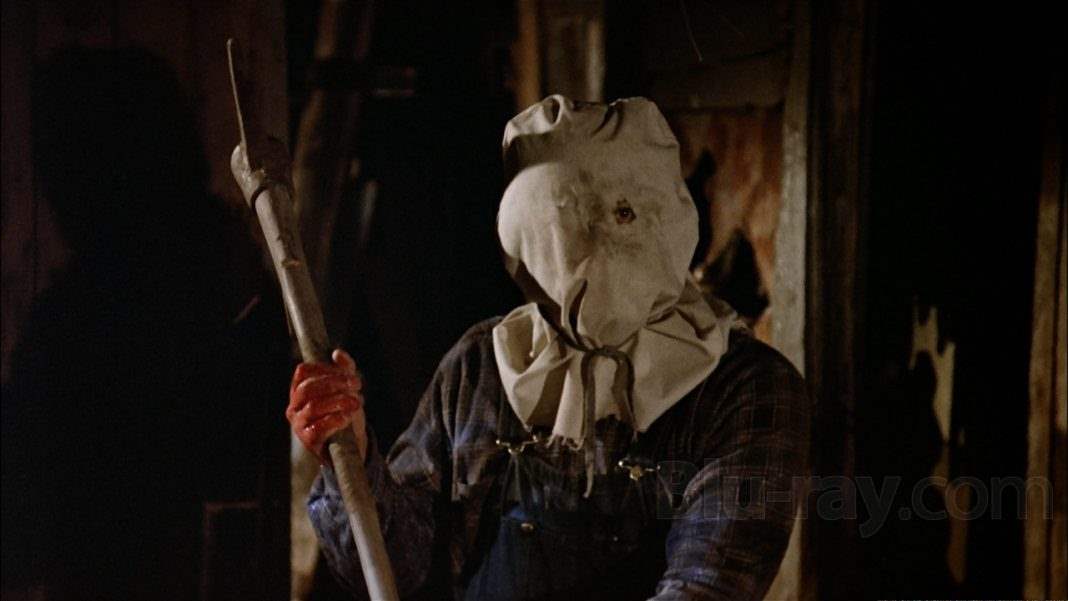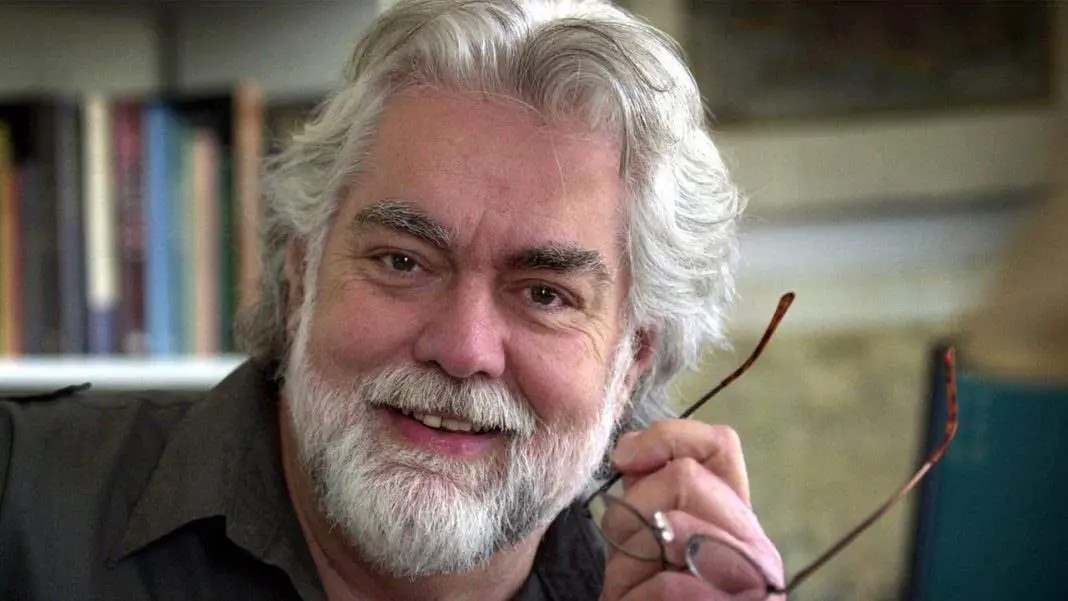While Halloween II is consistent with the first and is overall a very similar film, it was made in a completely different climate and that surely has an effect on the movie itself. This was made the same year as Friday the 13th Part 2, which effectively kicked off the slasher sequel.
Halloween was somewhat unique at the time it was made, but three years later, it wasn’t. Immediately after the first came out, other filmmakers started trying to emulate the style. 1981 saw the release of dozens of similarly-themed features such as The Prowler, My Bloody Valentine, Happy Birthday to Me, Hell Night, The Burning, and many more. With this in mind Halloween II had to be very aware of the climate just to keep up.
Unlike Friday the 13th Part 2, which continues the story years later and features a completely different group of characters (which would also be the direction taken by A Nightmare on Elm Street 2) Halloween II picks up the exact moment after the first ended. It does not jump ahead in time after its opening, it simply keeps the story going through the same Halloween night. The entire surviving cast also returns, which was and still remains uncommon in slasher films.
Did You Know? Wicked Horror TV Has Classic and Independent Horror Films Available to Stream for Free!

While different in some ways, Halloween II maintains strong aspects of the first. These would be the elements that other slashers could not emulate. It has the same strong visual style and atmosphere, largely due to the return of cinematographer Dean Cundey. It has a similar, effective score because Carpenter returned to do the music with associate Alan Howarth.
The only real weak spot in Halloween II when compared with the first is in the characterization of Laurie Strode. Laurie, who proved to be a smart and capable protagonist in the original is now portrayed as much more helpless. This isn’t a case of bad writing however: Laurie has been taken to the hospital, has been drugged, and is out of commission for most of the feature. Even still, the protagonist is out of commission and isn’t given much to do in a film in which she is supposed to be the emotional center.
Also Read: Haddonfield High: Remembering the YA Book Series Based on the ‘Halloween’ Films
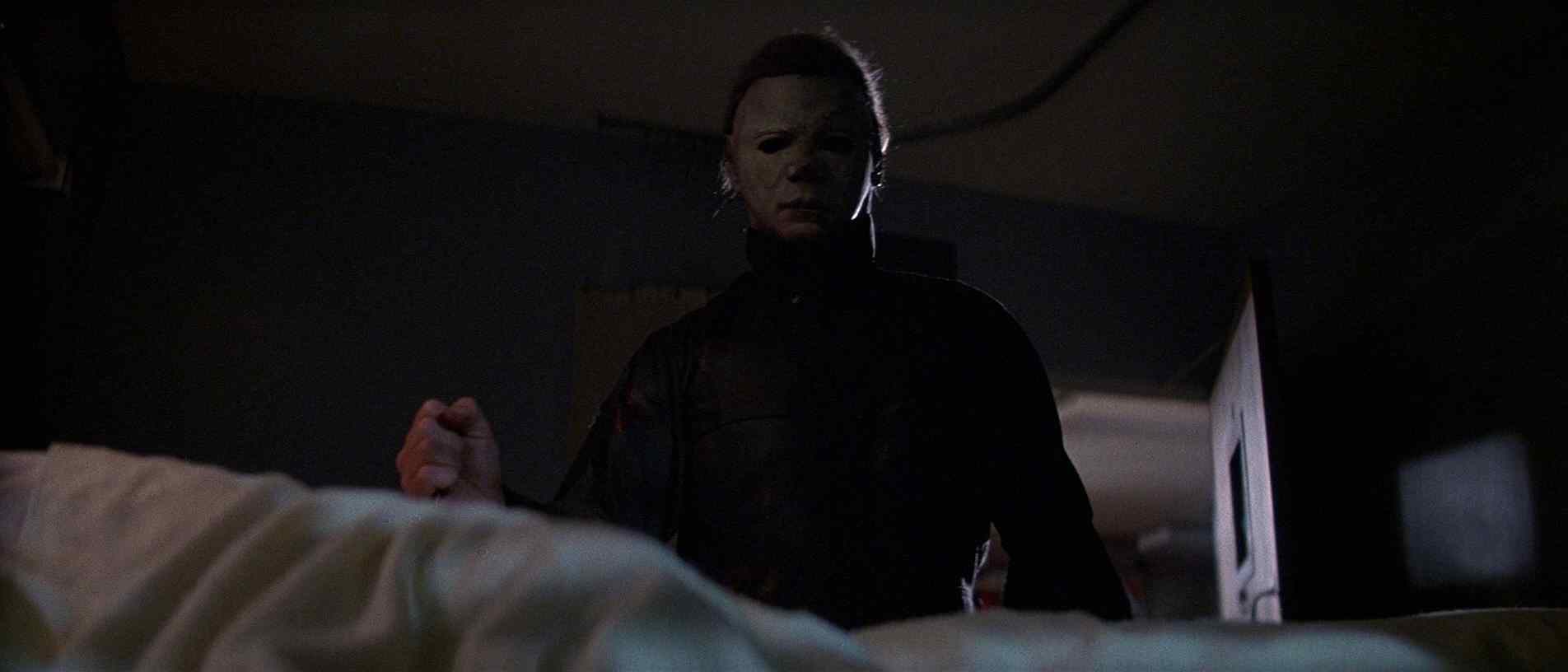 But Laurie does feed into a staple of slasher sequels: the newly introduced backstory. Many horror sequels reveal something about the original that we did not know. Friday the 13th Part 2 does this by revealing that Jason Voorhees did not actually drown in Camp Crystal Lake as a boy, but survived by roaming the nearby wilderness and living off the land only to watch his mother be beheaded as she returned to avenge his supposed death.
But Laurie does feed into a staple of slasher sequels: the newly introduced backstory. Many horror sequels reveal something about the original that we did not know. Friday the 13th Part 2 does this by revealing that Jason Voorhees did not actually drown in Camp Crystal Lake as a boy, but survived by roaming the nearby wilderness and living off the land only to watch his mother be beheaded as she returned to avenge his supposed death.
A Nightmare on Elm Street 3 (the first direct sequel in the Nightmare franchise) does this by giving us an entire backstory on Freddy Krueger that we had no inkling of in the first. We know he was a child murderer from the backstory given in the original, but we don’t know who he is or where he comes from.
In Halloween II, the added backstory is that Laurie Strode is Michael Myers’ long lost sister. That adds depth and takes away some of the impact of the film at the same time. While it was something invented by the original creators, they don’t necessarily stand behind the decision.
 In fact, Carpenter admits he was drunk when he wrote that. Whether or not this twist should have been introduced to the franchise is something fans have discussed for decades. Some argue it cheapens the original and some argue it strengthens certain aspects.
In fact, Carpenter admits he was drunk when he wrote that. Whether or not this twist should have been introduced to the franchise is something fans have discussed for decades. Some argue it cheapens the original and some argue it strengthens certain aspects.
I think both are right to a degree. The context of the original film is scarier if there is no connection. It is just a faceless murderer targeting a young girl, possibly driven to repeat his first crime by selecting someone who looks like the sister he killed fifteen years earlier. But in the overall context of a franchise, the sister angle is important. It provides a character arc between the features and a connection that is harkened back to even in sequels which Laurie does not appear.
Halloween even goes further than most franchises in its attempt to embrace its backstory. The TV edit of Halloween was being broadcast around the same time that Halloween II was being released in theaters. New scenes had to be filmed for Halloween’s television edit given the time restrictions of the network.
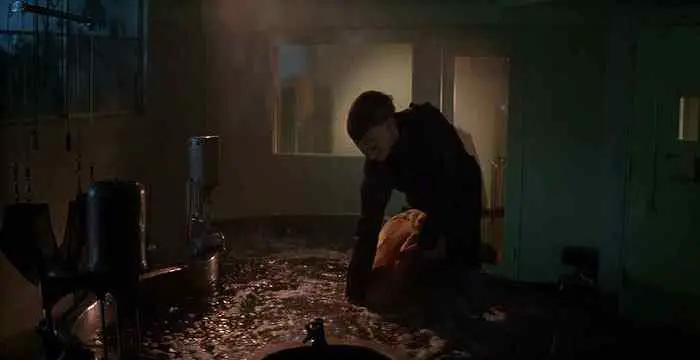 Carpenter used these admittedly filler scenes to not only help establish developments like Michael’s time in the institution but also used the opportunity to hint at the connection between Michael and Laurie to more easily tie the first film to the second. For example, when Loomis looks through Michael’s room after the patient has broken out, he finds the word “SISTER” etched into the wall.
Carpenter used these admittedly filler scenes to not only help establish developments like Michael’s time in the institution but also used the opportunity to hint at the connection between Michael and Laurie to more easily tie the first film to the second. For example, when Loomis looks through Michael’s room after the patient has broken out, he finds the word “SISTER” etched into the wall.
Halloween II’s retroactive backstory is not a bad thing and proved to be a wise move for the franchise moving forward. With the connection between the two firmly established, it proved especially useful when the siblings were again at the forefront in Halloween H20. Even more than that, after Halloween II, every film (with the exception of Season of the Witch) focuses on some sort of family connection. In Halloween 4 and 5, Michael’s target is his niece, Jamie Lloyd. In Halloween: The Curse of Michael Myers it was her son. Halloween H20 and Halloween: Resurrection then reintroduced Laurie Strode as Michael’s sister. But that would eventually all be cast aside by way of a retcon in David Gordon Green’s trilogy.
Even though it may have been made only to keep up with the climate of horror in 1981, Halloween II proves to be nonetheless effective. It is a haunting movie and even though it is more of a by-the-book slasher than the first, it is (perhaps because of this) the film that cemented Halloween as a franchise and defined what it would look like moving forward.
